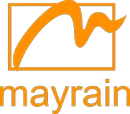 rainwears@163.com may@may-rain.com
rainwears@163.com may@may-rain.com Mon to Friday: 8.00 am - 7.00 pm
Mon to Friday: 8.00 am - 7.00 pm
Why Choose PE Rain Poncho for Lightweight, Waterproof Use?
If you’ve ever stuffed a PE Rain Poncho into a backpack “just in case,” you’re in good company. Event planners, stadium operators, and touring coaches buy them by the pallet for a reason: they’re small, cheap, and when clouds break, a lifesaver. I’ve been around this category for a decade, and—surprisingly—the tech behind a simple poncho keeps evolving.
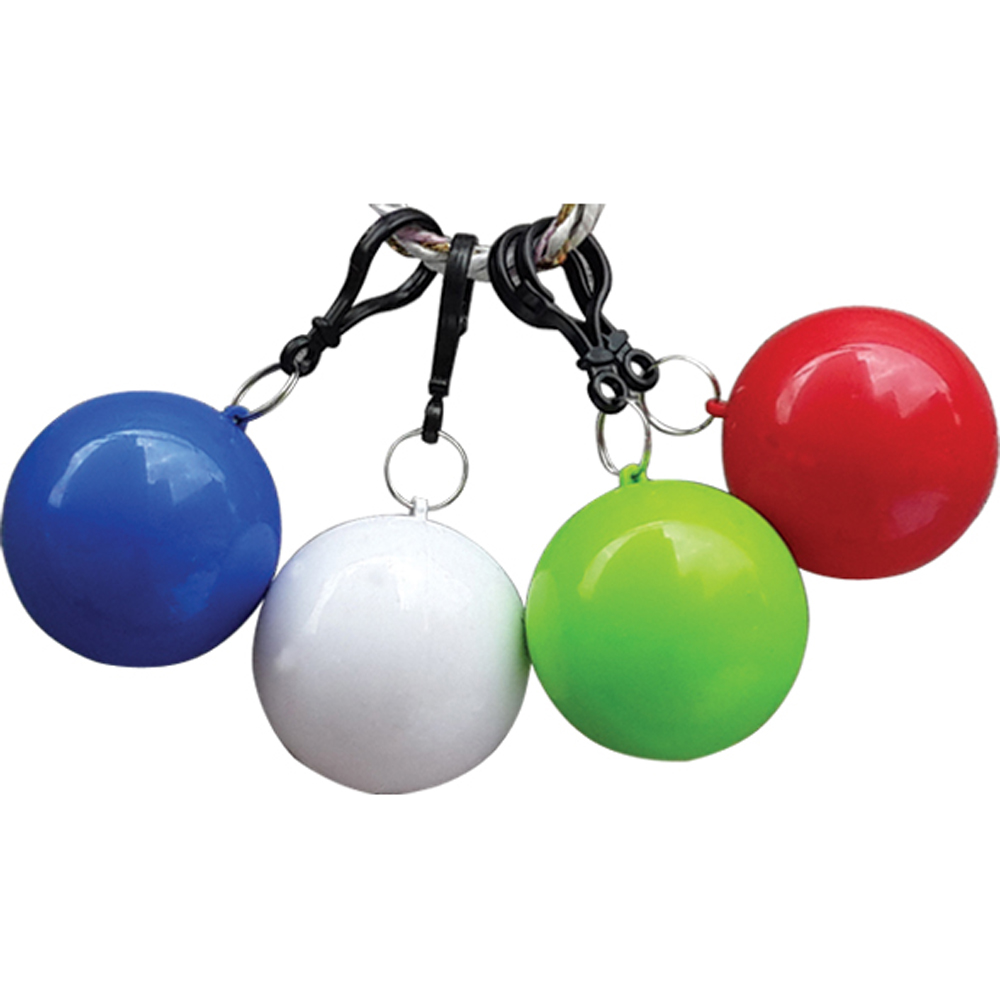
Quick intro: the PE Rain Poncho we’re discussing here comes out of Shijiazhuang, China (Rm.1816 No. 44 Jianshe north street). It’s a disposable waterproof raincoat in a ball capsule—yes, those pocketable spheres you see at festivals. To be honest, people underestimate the engineering. Film extrusion, seal integrity, hydrostatic performance; it’s not just plastic and hope.
What’s trending now
Two shifts: more eco-conscious PE blends (higher recycled content where feasible) and smarter packaging, like keychain capsules for impulse buys. Also, buyers want verified compliance—REACH, RoHS, and factory audits—rather than vague claims. It seems that procurement teams are finally asking for test data, not just thickness.
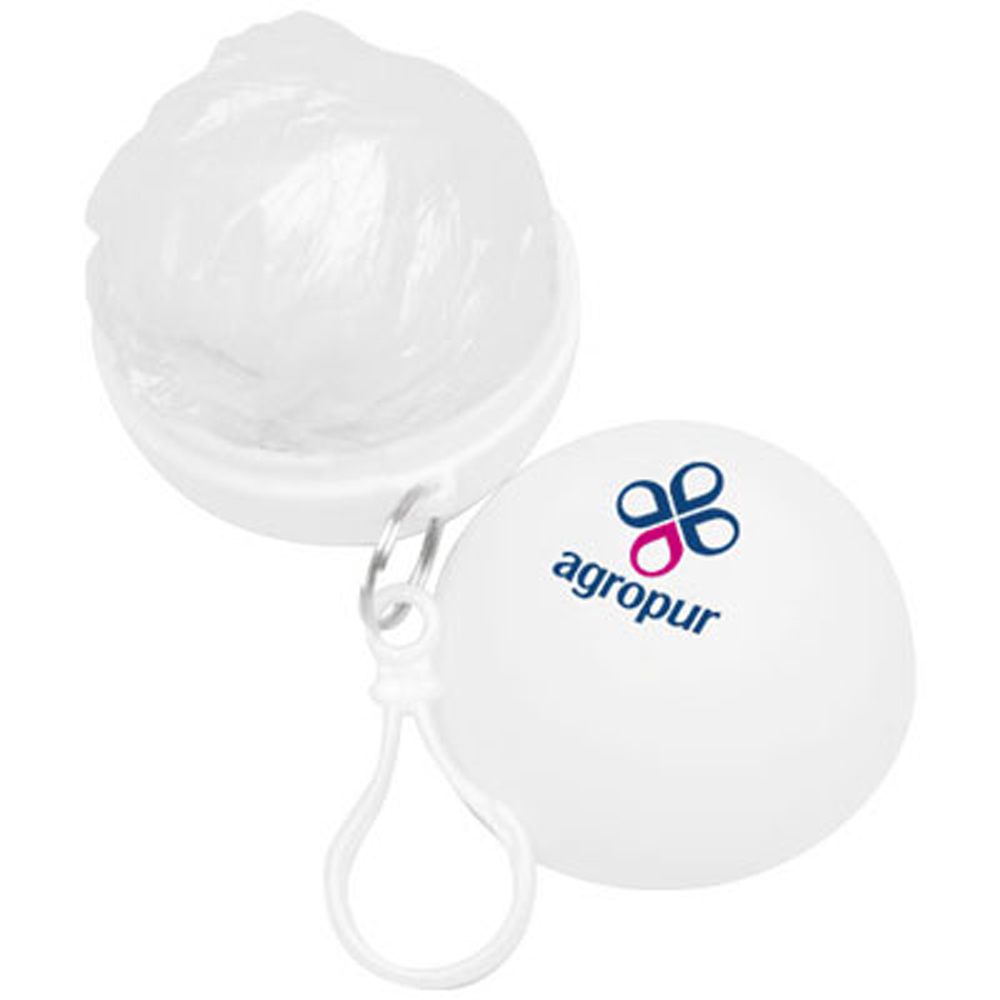
Core specifications
| Material | LDPE/PE film (virgin or recycled blends) |
| Thickness | ≈0.02–0.04 mm (real‑world use may vary) |
| Flat size | ≈120 × 90 cm; one‑size; custom sizes on request |
| Water resistance | Hydrostatic head ≈1,500–3,000 mm H2O (ISO 811) |
| Seams | Heat‑sealed; seal strength per ASTM F88 checks |
| Tensile (typical) | MD ≈14 MPa, TD ≈12 MPa (ASTM D882) |
| Impact (typical) | Dart impact ≈50–80 g (ASTM D1709, Method A) |
| Colors/print | Clear or assorted; 1–2 color logo prints |
| Packaging | Ball capsule with keychain; custom cards/barcodes |
| Shelf life | ≈24 months sealed; store cool/dry; UV degrades faster |
Note: a PE Rain Poncho is consumer rainwear, not certified PPE. For occupational protection, buyers look to EN 343 garments.
How it’s made (quick process flow)
- Materials: LDPE pellets (optionally recycled) plus color masterbatch and print inks (REACH-compliant).
- Methods: Blown-film extrusion → film slitting → automated die-cut → heat-seal hood and sides.
- Testing: Thickness micrometer checks; seal strength (ASTM F88); tensile (ASTM D882); water column (ISO 811) on sample lots.
- Service life: Single-use to a few uses; avoid sharp edges and prolonged sun exposure.
- Certifications: Factory ISO 9001; social audits like BSCI as requested; material RoHS/REACH declarations available.
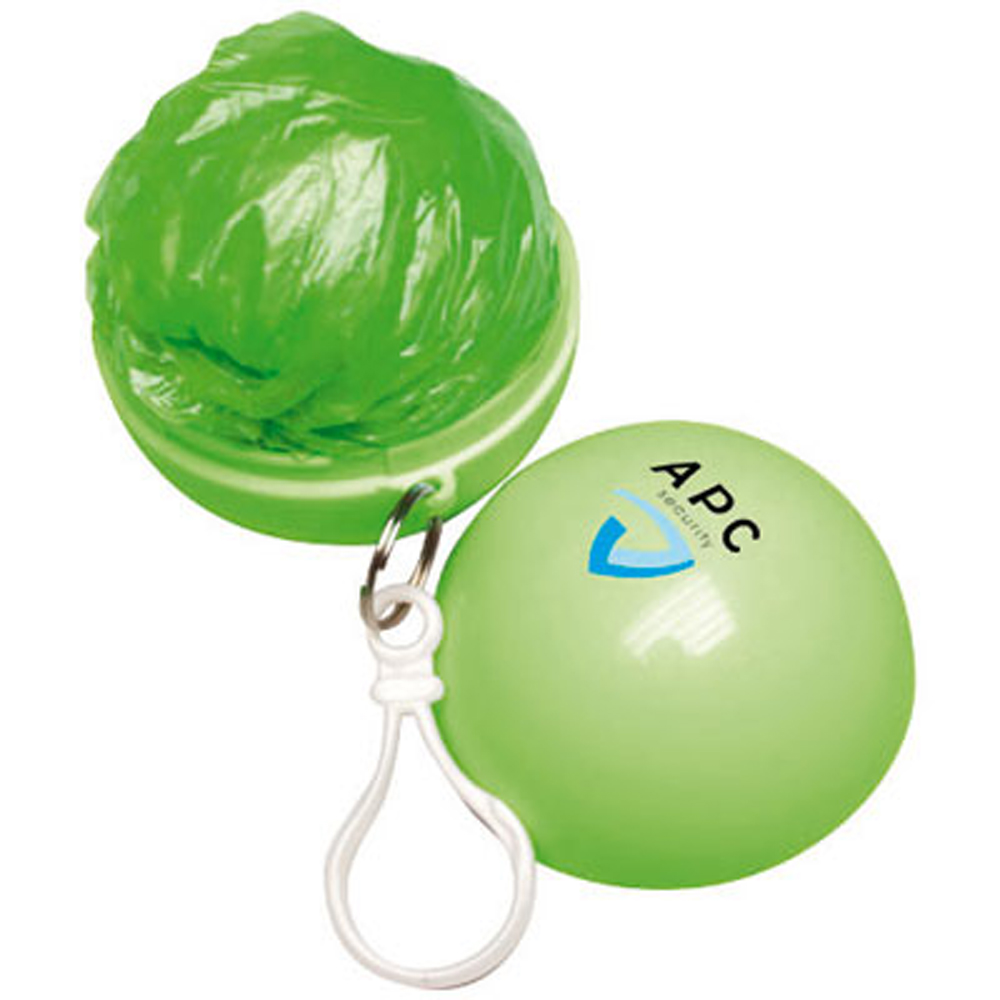
Where it’s used
Festivals, stadiums, amusement parks, tourist coaches, emergency kits, retail impulse stands, charity relief. Many customers say the capsule format boosts sell-through near checkouts; I guess convenience still wins.
Vendor snapshot (what to watch)
| Vendor | MOQ | Thickness options | Certs | Lead time | Unit price (≈5k pcs) | Notes |
| Mayrain (Shijiazhuang) | 3,000 | 0.02–0.04 mm | ISO 9001, REACH inks | ≈15–25 days | $0.18–$0.35 | Stable QC; capsule branding |
| Generic importer | 1,000 | 0.018–0.03 mm | Basic docs | Stock/fast | $0.15–$0.28 | Limited color control |
| Local promo house | 500 | 0.02 mm typical | N/A | Quick | $0.30–$0.60 | Easy, but pricier |
Customization tips
For brand promos, go 0.03–0.035 mm—still packable but sturdier. Request sealed samples, ask for ISO 811 and ASTM D882 data, and confirm print ink compliance. Simple logos (1–2 colors) keep costs sane.
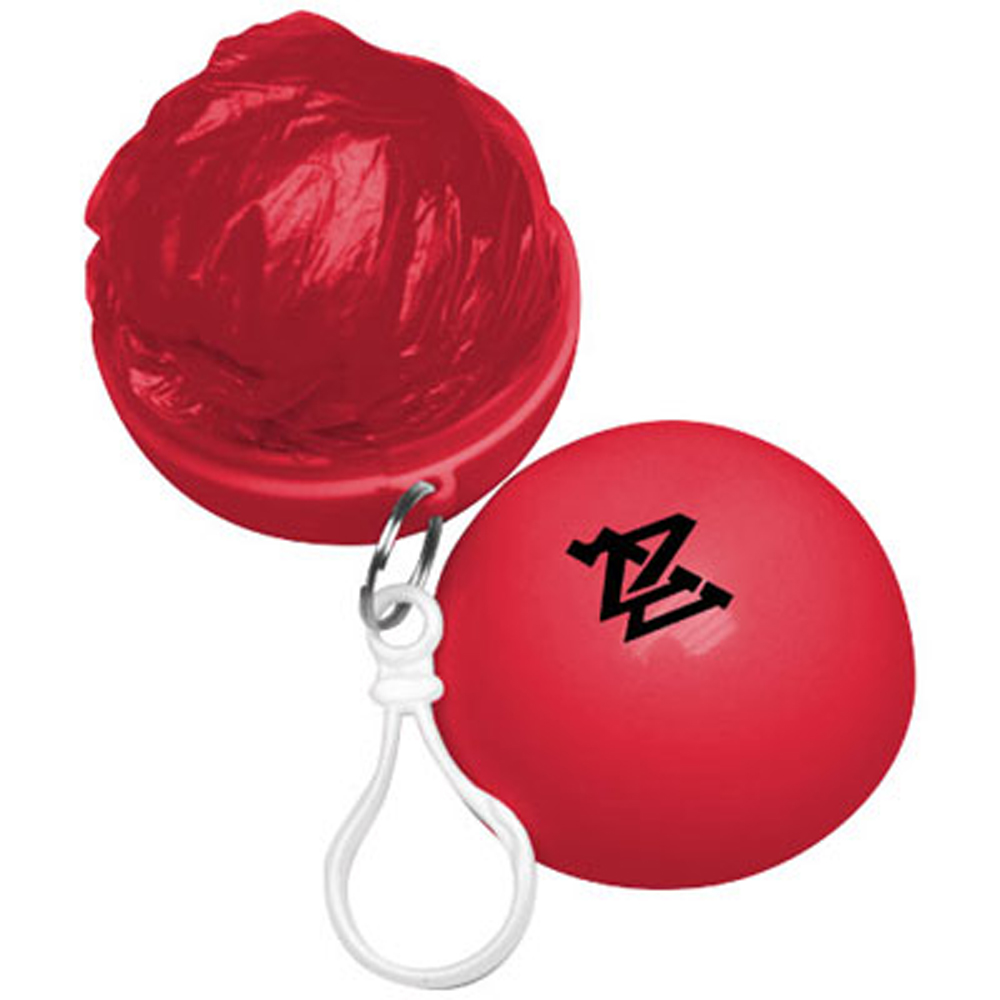
Field notes and mini case studies
- Music festival, UK: 50,000 PE Rain Poncho capsules sold out in a weekend; returns were near-zero—capsules helped impulse sales.
- Theme park, SE Asia: switched from 0.02 mm to 0.03 mm; complaints dropped ≈35% in rainy season.
- Municipal relief kits: clear ponchos preferred; faster triage, easier size distribution.
Bottom line: a well-made PE Rain Poncho isn’t glamorous, but when weather turns, it’s the hero you actually use. Just specify thickness, sealing quality, and compliance up front—your future self will thank you.
- ISO 811:2018 – Textiles — Determination of resistance to water penetration — Hydrostatic pressure test.
- ASTM D882 – Standard Test Method for Tensile Properties of Thin Plastic Sheeting.
- ASTM D1709 – Standard Test Methods for Impact Resistance of Plastic Film by the Free-Falling Dart Method.
- EN 343:2019 – Protective clothing — Protection against rain.
- Regulation (EC) No 1907/2006 (REACH) – Registration, Evaluation, Authorisation and Restriction of Chemicals.
- ISO 9001:2015 – Quality management systems — Requirements.
-
Stylish & Durable Lined Rain Coat Womens for Every Season | MayRainCoat
NewsNov.23,2025
-
Discover the Versatile and Sustainable Lilac Raincoat – Style Meets Innovation
NewsNov.23,2025
-
Lightweight Waterproof Coat: Durable, Comfortable, and Eco-Friendly Protection Worldwide
NewsNov.22,2025
-
Lightweight Raincoat – Ultimate Guide to Durable, Packable Rain Protection
NewsNov.21,2025
-
Lightweight Rain Poncho – Durable, Portable Weather Protection for Every Need
NewsNov.20,2025
-
Lightweight Poncho Rain: Durable, Portable Rain Protection for Any Situation
NewsNov.20,2025













